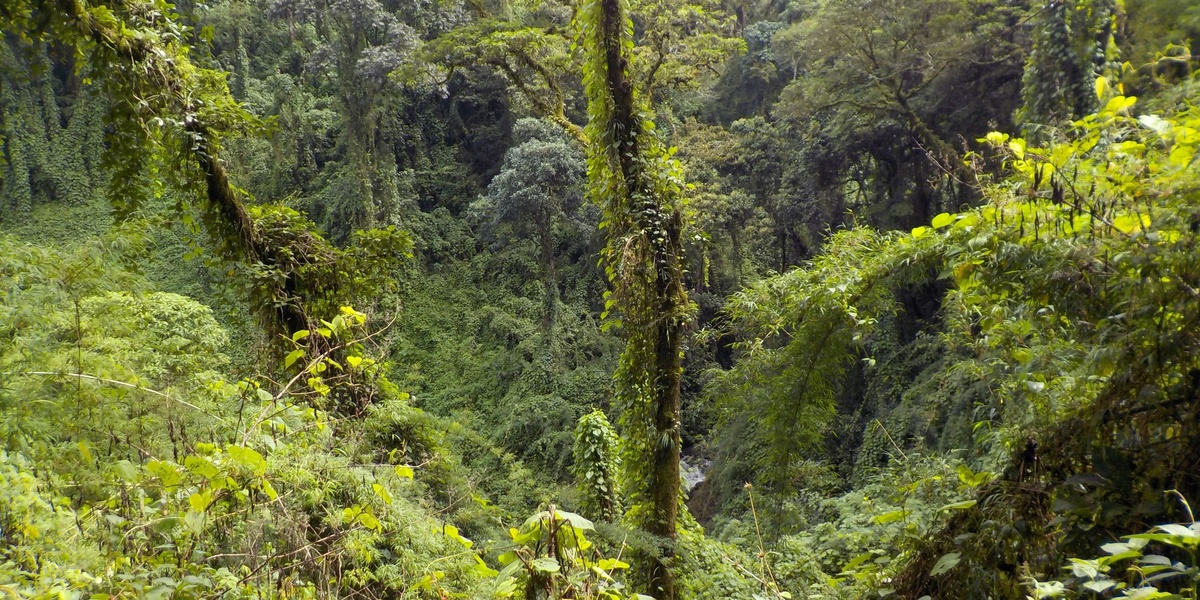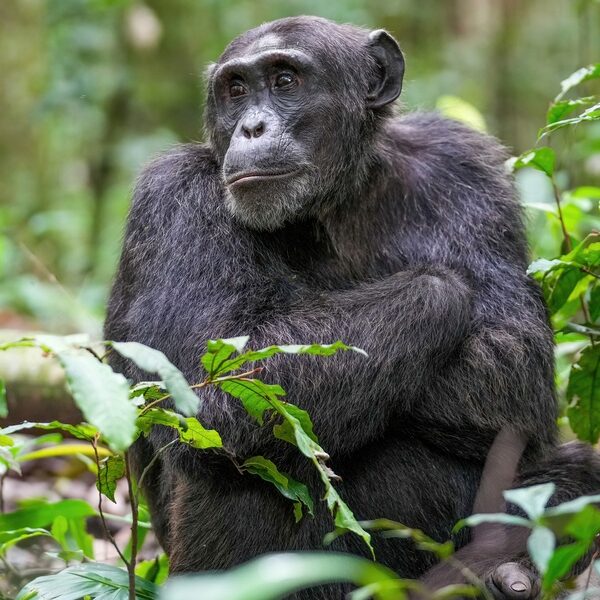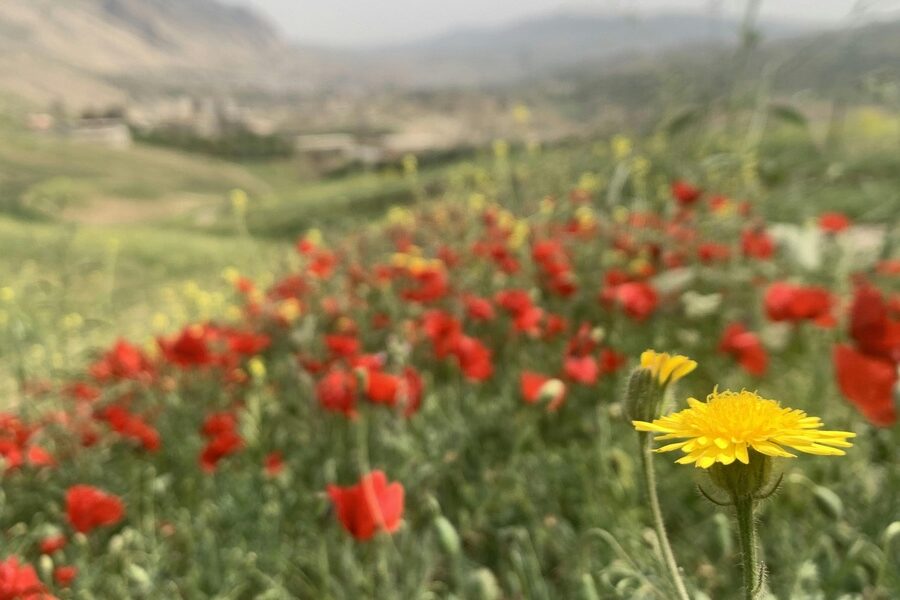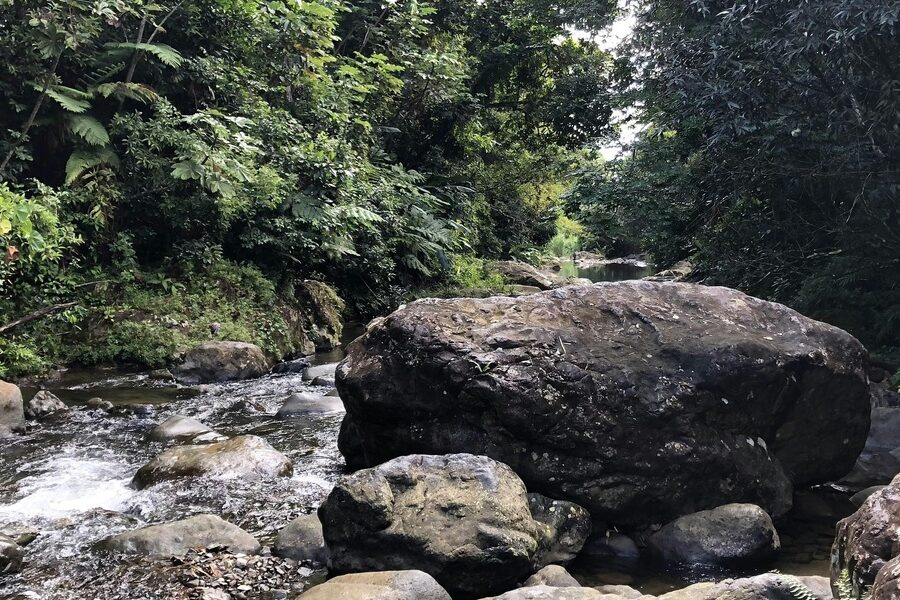Costa Rica packs roughly 5% of the world’s biodiversity into just 0.03% of the planet’s land area, a statistic that still catches first-time visitors off guard. That concentration matters because plants here are the engines of clean water, coastal protection, carbon storage, and the spectacular wildlife viewing that supports a large ecotourism economy.
From towering emergent trees to delicate orchids and coastal mangroves, the country’s plant communities carry cultural meaning, sustain fisheries and farms, and continue to reward scientific study and responsible bioprospecting. The examples below highlight ecological keystones, cultural icons, economic species, and conservation priorities.
Read on for ten plants and plant groups that together illustrate why the flora of costa rica is both globally important and deeply local in impact — and then learn simple ways to support protections for these living systems.
Ecological Wonders and Biodiversity

Costa Rica’s lowland rainforests, high cloud forests (Monteverde being a standout), and coastal mangroves create an array of plant niches that support exceptional diversity. Many species serve as keystones for animals, while epiphytes and pollination partners weave complex food webs. With roughly a quarter of the country protected in parks and reserves, these plant communities benefit from a strong conservation footprint that underpins ecosystem services and wildlife habitat.
1. Ceiba (Ceiba pentandra) — The Emergent Giant
The ceiba is an emergent canopy tree that can reach 60–70 meters tall and punctuates many lowland forests and river corridors with a massive trunk and broad crown. Large individuals are visible from a distance and often become landscape landmarks in Caribbean lowlands and riparian galleries.
Ecologically, ceiba provide nesting and roosting sites for raptors, toucans, and countless arboreal species, and their seasonal fruits and kapok fibers feed and shelter animals. Indigenous stories and local traditions also celebrate ceiba as a sacred or culturally significant tree, and its fibers and wood have long had practical uses.
Big trees like ceiba matter beyond habitat: they store large amounts of carbon and shape forest architecture, helping stabilize microclimates and maintain biodiversity across generations.
2. Strangler Figs (Ficus spp.) — Keystone food trees
Fig species often act as keystone resources because many fruit year-round, providing critical food during lean months when other trees aren’t fruiting. This year-round supply sustains a broad array of frugivores—bats, toucans, monkeys, and dozens of bird species—helping populations survive seasonal shortages.
The “strangler” growth habit creates complex structure: figs germinate on host trees, send roots to the ground, and ultimately form cavities and multi-stemmed trunks that offer nesting sites and shelter. In Costa Rica you’ll commonly see howler monkeys, toucans, and bat assemblages centering activity around fruiting Ficus.
Protecting figs supports broader animal communities and maintains strong seed-dispersal networks that keep forests regenerating and resilient.
3. Epiphytic Bromeliads — Miniature Water Worlds
Bromeliads growing on trunks and branches form tanks that hold rain and fog water, creating miniature ponds that are essential breeding and feeding sites for frogs, insects, and other invertebrates. These microhabitats concentrate nutrients from leaf litter and animal visitors and support unique food webs high in the canopy.
Costa Rica hosts hundreds of bromeliad species across cloud forests and lowland rainforests; tree frogs and small amphibians often use bromeliad pools for reproduction, and many insect species complete life cycles there. In cloud-forest sites like Monteverde, bromeliads are a visible and vital component of canopy biodiversity.
Because bromeliads depend on intact forest structure and stable moisture regimes, they’re vulnerable to deforestation and shifts in cloud patterns driven by climate change.
4. Orchids (including Cattleya skinneri) — Floral diversity and pollination specialists
Orchids are among the most diverse plant families in Costa Rica, with around 1,400 species recorded across habitats from dry coastal forest to misty cloud slopes. Their variety of forms and colors is a hallmark of the country’s botanical richness.
Cattleya skinneri holds a special place as the national flower and a cultural symbol, seen in art and civic displays. Many orchids rely on narrowly adapted pollinators—specific bees, moths, or hummingbirds—so their survival is tightly linked to healthy animal populations.
Orchids support ecotourism (orchid walks and specialized nursery visits), nursery cultivation for legal trade, and conservation programs; however, habitat loss and illegal collection remain pressures that targeted reserves and sustainable propagation help address.
Economic, Cultural, and Aesthetic Value

Many Costa Rican plants contribute directly to livelihoods, national identity, and the country’s famous scenic beauty. Some species supply timber and craft materials, others are cultivated as ornamentals for export or lodge gardens, and a few carry strong national symbolism that shows up in festivals, place names, and roadside landscapes.
5. Guanacaste (Enterolobium cyclocarpum) — National tree and community shade
The Guanacaste is Costa Rica’s national tree, recognizable for its large, umbrella-like canopy that provides essential dry-season shade. In many savanna and ranching landscapes its shade moderates temperatures for cattle and people alike.
Locally, Guanacaste wood is used in furniture and small carpentry projects, and the tree’s presence features in place names—most notably the province of Guanacaste. Ranches and villages commonly plant the species for livestock shade and erosion control, and replanting initiatives aim to balance harvest and regrowth.
6. Heliconia and Tropical Ornamentals — Color, tourism, and horticulture
Bright heliconias, gingers, and other ornamentals are a familiar part of lodge gardens and botanical attractions, and they play a measurable role in tourism by enhancing wildlife viewing—especially hummingbird activity. Their vivid inflorescences are a big draw for visitors photographing tropical landscapes.
Small farms near tourist routes often grow ornamentals for local markets and hotels, while cut-flower and potted-plant sales provide incomes for smallholders. Nursery networks supply plants to ecotourism operations, helping link horticulture to sustainable livelihoods.
7. Cacao (Theobroma cacao) — From forest understory to craft chocolate
Cacao is traditionally grown as a shaded understory tree in agroforestry systems across parts of Costa Rica, and many small estates and cooperatives now produce craft, bean-to-bar chocolate for export and for farm-based tourism. Visitors can tour processing operations and taste single-origin bars sourced from local farms.
Shade-grown cacao supports higher bird and insect diversity than full-sun monocultures by preserving structural complexity and tree cover. That ecological benefit pairs with direct economic value for communities near eco-lodges and rural routes.
Ecosystem Services, Conservation, and Science

Plants deliver tangible services—coastal protection, carbon storage, water regulation—and scientific organizations have long partnered with communities to document and study that value. National initiatives such as INBio (founded 1989) helped catalog biodiversity and foster collaborations that link local knowledge to research and benefit-sharing schemes.
8. Mangroves (Rhizophora spp. and others) — Coastal defenders and nurseries
Mangrove forests along the Pacific and around the Gulf of Nicoya act as frontline defenders against erosion and storm surge while providing nursery habitat for shrimp, fish, and crustaceans that local fisheries depend on. Thousands of hectares of mangrove shoreline support commercial and small-scale fisheries.
These habitats also sequester significant carbon and store it in soils, so mangrove restoration yields both climate and community benefits. Protecting and restoring mangroves is a conservation priority that directly improves coastal resilience and fishing livelihoods.
9. Cloud-forest mosses and epiphytes — Water regulators of highlands
Cloud-forest epiphytes—mosses, orchids, and bromeliads—intercept fog and slowly release water to streams and springs, helping sustain dry-season flows. Monteverde’s cloud forests provide a clear local example where fog capture supports municipal water supplies and draws tourists for wildlife viewing.
These systems are sensitive to shifts in cloud base and warming temperatures; reduced fog interception can degrade downstream water availability. Protecting cloud-forest reserves and engaging communities in watershed management are key actions to maintain hydrological services.
10. Medicinal and research plants — From traditional knowledge to modern science
Many Costa Rican plants have long histories of use in traditional medicine, and ethnobotanical surveys have guided scientific screening programs without promising unverified cures. Institutions such as INBio (established 1989) helped create inventories and partnerships that connected this traditional knowledge with research questions.
Researchers typically use plants as starting points in laboratories to search for bioactive compounds, and collaborative, ethical benefit-sharing arrangements help ensure communities see returns from research. Conserving habitats therefore protects both cultural knowledge and the genetic resources that underpin future scientific work.
Summary
- Costa Rica concentrates an outsized share of global biodiversity (about 5% of species in 0.03% of land), and roughly 25% of the country is protected to conserve those plant communities.
- Ten plant examples—from emergent ceiba and year-round figs to orchids, bromeliads, mangroves, and cacao—show how plants support wildlife, livelihoods, and cultural identity.
- Cloud-forest epiphytes and mangroves provide essential water regulation and coastal protection, linking plant conservation to climate resilience and fisheries.
- Traditional knowledge and institutions (such as INBio) have been central to documenting species and shaping ethical research and benefit-sharing efforts.
- Visit responsibly, support local protected areas and community conservation projects, or learn more through national parks to help ensure this remarkable flora of costa rica endures.





